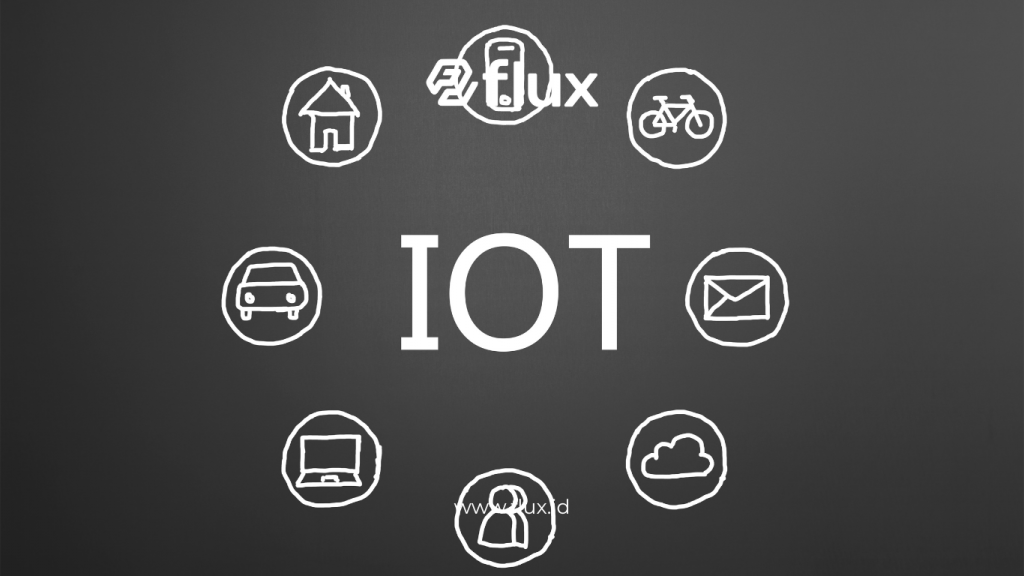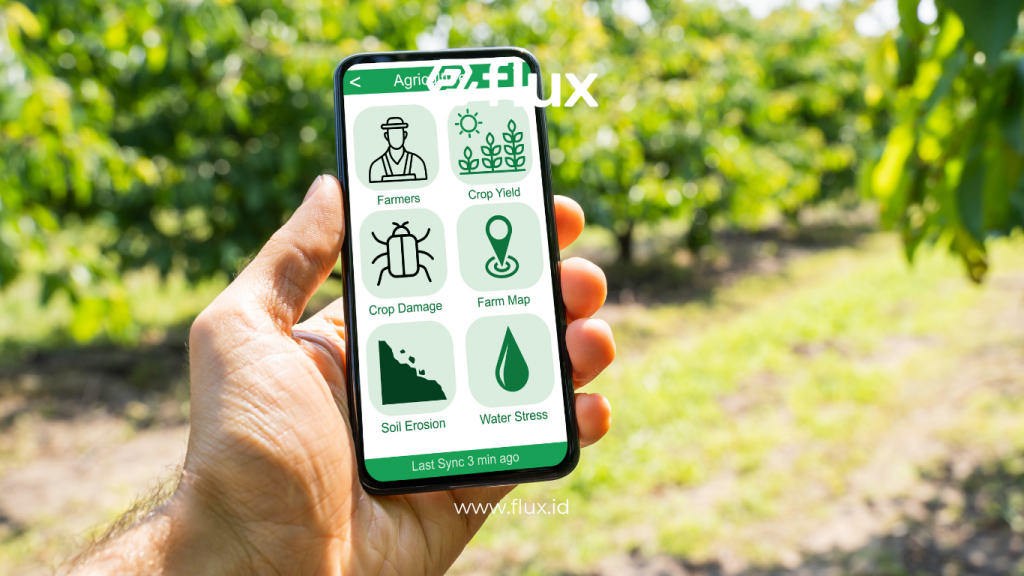Don't miss our holiday offer - 20% OFF!
In this era of rapid urbanization, urban air quality has become one of the most urgent environmental issues. Air pollution not only affects human health but also impacts ecosystems and overall quality of life. To address this problem, Internet of Things (IoT) technology offers advanced solutions through sensors that can monitor and analyze air quality in real-time. This article will discuss how IoT sensors for air quality monitoring work, the technology behind them, and the benefits they offer.
Contents
- 1 What is an IoT Sensor for Air Quality Monitoring?
- 2 Types of IoT Sensors for Air Quality Monitoring
- 3 Technology Behind IoT Sensors for Air Quality
- 4 Benefits of Using IoT Sensors for Air Quality Monitoring
- 5 Case Studies: IoT Sensor Implementation in Cities
- 6 Challenges and Solutions in Using IoT Sensors
- 7 Conclusion
What is an IoT Sensor for Air Quality Monitoring?

IoT sensors are devices connected to the internet that automatically collect and transmit data. In the context of air quality monitoring, IoT sensors measure various air parameters, such as pollutant concentrations, temperature, and humidity. The system then sends the collected data to an analytics platform for processing and analysis.
Types of IoT Sensors for Air Quality Monitoring

Read More: How Weather Sensors Support Park Departments: Technology and Benefits for Better Park Maintenance
- Particulate Matter Sensors (PM2.5 and PM10)Particulate matter sensors measure the concentration of fine particles in the air. PM2.5 and PM10 refer to particles with diameters of 2.5 micrometers and 10 micrometers, respectively. These particles come from various sources, including vehicle emissions and fuel combustion. These sensors help identify air pollution levels and provide data for corrective actions.
- Gas SensorsGas sensors measure the concentration of specific gases in the air, including:
- CO2 Sensors: These sensors measure carbon dioxide, a gas that often increases due to human activity and can affect air quality.
- NO2 Sensors: They measure nitrogen dioxide, a gas typically produced by vehicle emissions and industrial processes.
- SO2 Sensors: These sensors detect sulfur dioxide, a gas that comes from burning fossil fuels.
- O3 Sensors: They measure ozone, which can become a pollutant in the near-surface atmospheric layer.
- Humidity and Temperature SensorsThese sensors measure the relative humidity and air temperature. Both parameters influence how pollutants disperse and react in the air. Humidity and temperature data make air quality analysis more accurate.
- VOC (Volatile Organic Compounds) Gas SensorsVOC sensors measure volatile organic compounds that contribute to air pollution. VOCs often come from household and industrial products.
Technology Behind IoT Sensors for Air Quality

Read More: Integrating Gas Sensors to Maintain Air Quality and Save Energy
- Sensing TechnologyIoT sensors use various sensing technologies to measure air quality parameters. For instance, particulate matter sensors use laser technology to detect and count particles in the air. Gas sensors typically employ electrochemical or optical technology to detect gas concentrations.
- Data Processing and AnalyticsSensors send the collected data to cloud platforms or analytics systems for processing. Analytics algorithms process the data to generate useful information, such as air pollution maps and real-time trends. This capability enables authorities to make data-driven decisions about necessary actions.
- Connectivity and CommunicationIoT sensors usually connect via wireless networks like Wi-Fi, LTE, or LoRaWAN technology. This connectivity allows sensors to send data directly to central systems for further analysis and real-time data visualization.
Benefits of Using IoT Sensors for Air Quality Monitoring

Read More: Flood Water Quality Monitoring: Critical Role in Protection
- Real-Time MonitoringIoT sensors enable real-time monitoring of air quality. The information obtained allows authorities to immediately identify and address pollution sources. Quick action is crucial in emergencies, such as fires or spikes in vehicle emissions.
- Accurate and Reliable DataIoT sensors provide more accurate data compared to traditional monitoring methods. By measuring multiple parameters, various sensors collect comprehensive data, offering a clearer picture of air conditions.
- Planning and Decision-MakingData from IoT sensors aids in planning and decision-making. Authorities use this data to develop pollution policies, design green zones, and implement more effective pollution mitigation strategies.
- Increased Public AwarenessIoT sensors also contribute to raising public awareness about air quality. Published online, air quality data helps people understand their environmental conditions and encourages personal actions to reduce their carbon footprint.
- Cost EfficiencyAutomated monitoring and efficient data analysis help reduce the costs associated with air quality monitoring. Unlike traditional systems that require manual monitoring and laboratory work, IoT sensors offer a more cost-effective and scalable solution.
Case Studies: IoT Sensor Implementation in Cities

Read More: Optimizing Public Health with IoT Sensors: Innovative Solutions for Health Departments
- Example 1: SingaporeSingapore has implemented an air quality sensor network across the city to monitor pollution effectively. Authorities use data from these sensors to inform environmental policies and provide real-time information to the public about air quality.
- Example 2: Los AngelesLos Angeles uses IoT sensors to monitor air pollution from vehicles and industry. This system helps design transportation strategies and industry regulations that reduce emissions and improve air quality.
Challenges and Solutions in Using IoT Sensors

Read More: IoT Sensors for Financial Departments: Enhancing Accuracy, Security, and Operational Efficiency
- Sensor Calibration and AccuracySensors require routine calibration to ensure accuracy. Authorities can address this challenge by performing regular calibrations and using sensors with advanced measurement technologies.
- Data IntegrationIntegrating data from various sensors poses a challenge. Advanced analytics platforms and consistent data standards help overcome this issue.
- Connectivity and InfrastructureStable connectivity is essential for data transmission. Authorities can tackle this challenge by using reliable communication technologies and investing in network infrastructure.
Conclusion
IoT sensor technology offers innovative and effective solutions to improve urban air quality. These sensors play a crucial role in mitigating the impact of air pollution by monitoring pollution in real-time, providing accurate data, and supporting planning and decision-making. Although challenges exist, the benefits of using these sensors far outweigh the constraints. As technology advances and adoption grows, IoT sensors will increasingly enhance air quality and promote a healthier environment for all.





